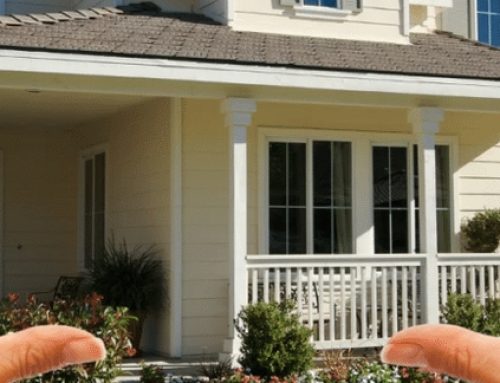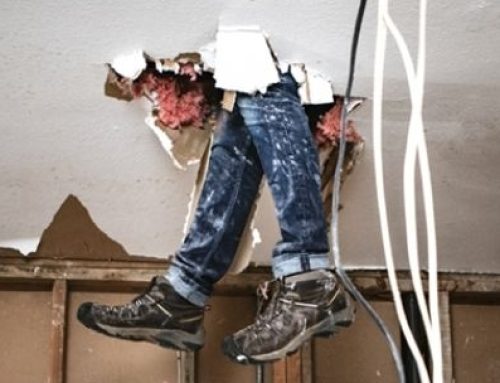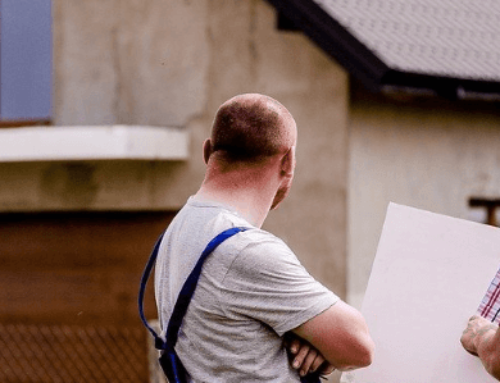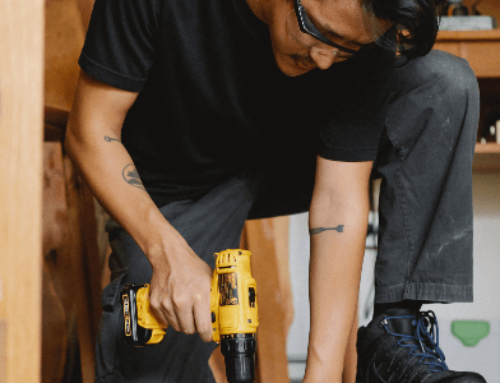When it comes to building inspections, the mission we aim to achieve is peace of mind for the prospective buyer.
When you’re on the hunt for your forever home, the main thing you want to know is that you’ve found a house that is truly worth the asking price and completely free from unexpected defects. However, the success of any property inspection is first and foremost going to depend on the expertise of the inspector – and not all building inspectors are created equal.
Home defects come in all shapes and sizes, and are not always obvious to even the most highly trained eyes. Failure to identify defects is more often than not the result of sketchy sellers deliberately trying to cover up defects they know will lower the value of their home. On other occasions, it’s due to the inexperience or a wholly unprofessional attitude of the inspector themselves. So how can you be sure that you’ve chosen the right person for the job? After all, when a defect missed could potentially cost you thousands in repairs, you wouldn’t want to leave that up to chance.
To demonstrate our 30+ years experience in the construction and building inspection industry, let me take you through some of the most problematic defects that inexperienced inspectors fail to notice.
This way, you’ll be ahead of the game and know exactly what to look out for before you bring in an expert.
Inaccessible or unobservable areas
One of the easiest ways to determine a great inspector from a second-rate one, is by noting their willingness to inspect certain areas of a property. Many mediocre inspectors will deem particular parts of a home to be ‘unobservable’, and won’t even bother to investigate them. Alarm bells should start ringing if an inspector chooses not to survey areas such as the roof, the basement, or an attic for example. Failing to inspect these areas should be cause for serious concern since some of the most problematic defects can be found in these spaces alone.
Structural defects
Problems with the structural integrity of a building are not always easy to identify. Sure, if the roof is sinking in or there is an obvious ‘leaning-tower-of-Pisa-esque’ look to the home then yes, even the most inexperienced inspectors should be able to pick that up. However, oftentimes there are very minute details that indicate flaws in the structural stability of a house which are far from obvious and will go unnoticed unless they are specifically being searched for.
Issues specifically relating the structure of a property will commonly be the biggest cause for concern as they will generally come with the biggest repair bills, so when inspectors fail to identify these problems, it always comes at an enormous cost to the unsuspecting buyers.
Obscured electrical concerns
Although building inspectors aren’t necessarily licensed electricians, the more experienced will always have working knowledge of the electrical systems underlying a properly functioning household. The amateurs and the more negligent inspectors on the other hand, may not even bother to assess these concerns, likely stating outright that they will only inspect overtly visible defects. So for new homebuyers who are none the wiser, this could mean that you get stuck with a multitude of expensive electrical repairs that no one in their right minds would have accepted as part of the deal.
This can come in the form of faulty ducted heating and cooling systems, damaged HVAC systems such as ventilation, air-conditioning, and the heating and cooling panels, and defective sump pumps required for basement flooding. As you might well guess, failing to miss any one of these problems will result in some serious and generally expensive repairs being passed on to the buyer. Many of these defects, if gone unnoticed or unfixed, could lead to far greater issues such as water damage, mould growth, and even dangerous electrical malfunctions.
Issues with sloping blocks
Having a house on a sloping block is not inherently problematic. The concerns only come when homes have not been planned out or constructed with the specific considerations necessary when building on uneven ground. One of the biggest complications of bad planning on sloping blacks happens when a home is built at the base of an incline, meaning the building will be at the mercy of storm water, flooding, and overburdened with drainage concerns. In the winter months, when rainwater frequently accumulates around the foundations of a home, severe water damage is almost inevitable and can cause serious deterioration with the building’s overall structure and foundational stability.
Although some issues with sloping gradients are simple enough to detect, many are much more complicated and multifaceted. The complex nature of such defects means they can and will easily go undetected by a more unprofessional inspector and may not even be considered before it’s too late.
How to avoid choosing the wrong building inspector
When you’re looking for the right inspector you might be at a loss for who to pick and why. You might be tempted to opt for the cheapest price, the shiniest website, or the biggest name around. On the face of it, these might seem like the most obvious options, but more often than not, you’ll be met with an unsatisfactory service that could end up costing you more in the long run.
Whilst ensuring that an inspector is fully qualified, licensed, and wholly independent, perhaps the most important thing is to find an inspector with experience. And with over 30 years of construction and building inspection industry experience, our team at Building Masters knows it all. We perform highly detailed and meticulous assessments that always leave our clients with the knowledge they need to make the decisions that are right for them. We’re on your side and we make sure that you receive the best service possible so you can leave with the best possible results.







Leave A Comment